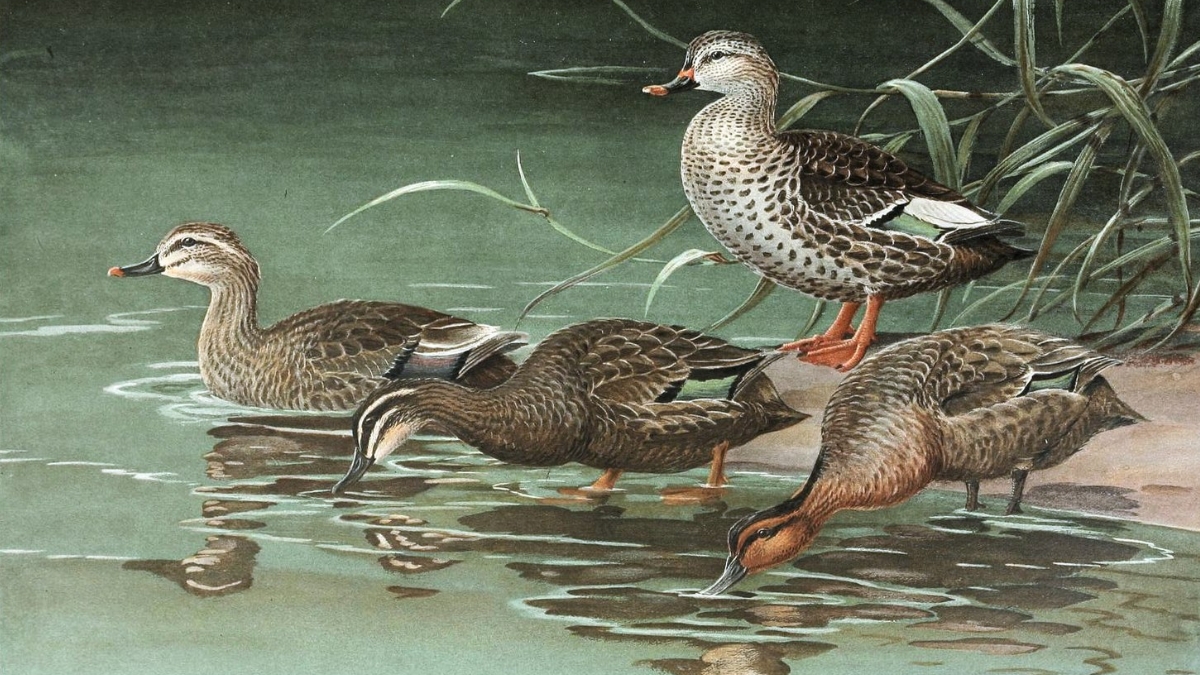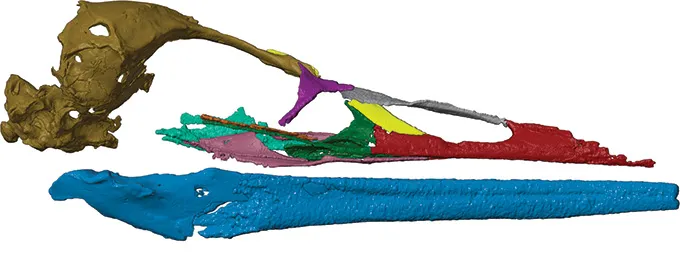The Oldest Waterfowl on Earth May Have Lived in Antarctica Roughly 69 Million Years Ago

Scientists have discovered an ancient bird from Antarctica that could be the earliest known waterfowl. This bird, named Vegavis iaai, lived around 69 million years ago, during the late Cretaceous period. The new fossil includes a nearly complete skull, which is the most complete find of its kind so far.
This skull shows that V. iaai had many features similar to modern ducks and geese, like a toothless beak and a small upper jaw. The braincase, especially the position of the optic lobes (responsible for vision), also points to similarities with modern birds, suggesting it had excellent navigation and hunting abilities.
Researchers believe it likely hunted fish by diving into the waters of ancient Antarctica.
Before this discovery, V. iaai was known mostly from body parts and a piece of its voice box, but now we have a better idea of what it looked like.

The bird lived just before the mass extinction that wiped out most life on Earth, and some believe Antarctica may have been a refuge for birds during that chaotic period.
While this fossil is an exciting find, experts remain cautious. Some argue the skull might not show as many modern traits as the team suggests. The true relationship between ancient birds and modern waterfowl is still unclear.
Have something to add? Let us know in the comments below!
